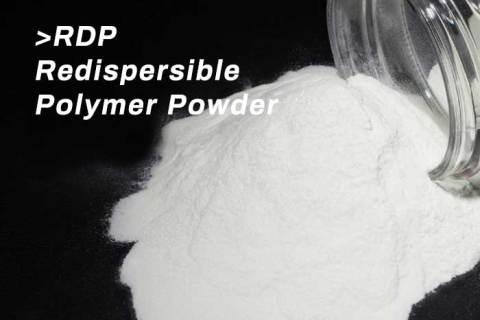
- Home
- >
News
Lithium carbonate (Li₂CO₃) is widely recognized for its applications in the new energy sector, particularly in lithium-ion batteries. However, in recent years, as construction material technology advances, lithium carbonate has gained attention for its innovative applications in the construction industry. From enhancing building materials' performance to promoting green architecture, lithium carbonate is quietly shaping the future of construction.
RDP is a type of polymer material commonly used in dry powder mixtures in the construction industry. It has good water solubility and redispersibility, allowing it to form a uniform polymer film when mixed with water, enhancing the performance of construction materials.
As a key component in modern concrete admixtures, Polycarboxylate Superplasticizer Monomer HPEG is widely used to enhance concrete performance. However, its application comes with specific challenges. Below, we address some frequently asked questions to help optimize its use.
Polyvinyl Chloride Paste Resin plays an important role in various industries due to its excellent performance and wide range of applications. Here are its main application areas.
In the construction industry, polycarboxylate high-performance superplasticizer (PCE) is an essential material for concrete formulation, achieving significant results in various projects.
PVC Paste Resin is a versatile material in construction, known for its chemical resistance and flexibility. It’s widely used in walls, flooring, and piping, offering effective waterproofing solutions.
In the ever-evolving construction industry, we face various challenges, such as the durability, corrosion resistance, and thermal insulation performance of buildings. The emergence of silicone hydrophobic powder has brought forth a novel solution to these problems.
In the modern construction world, achieving stronger, more durable, and efficient concrete is no longer just an aspiration — it’s science. One material at the forefront of this innovation is Polycarboxylate Superplasticizer Powder (PCE Powder). But what makes this powder so unique? Let’s dive into its chemistry and applications.
The construction industry has always been a realm that seeks innovation and progress. As consumers demand higher performance from building materials, Redispersible Polymer Powder (RDP) has emerged as a key enabler in upgrading construction materials, thanks to its exceptional capabilities.
TPEG (Polyether High-Efficiency Water Reducing Agent Monomer) is a new type of water-reducing agent widely used in the construction industry, particularly in the production and application of concrete. TPEG enhances its water-reducing performance and fluidity through chemical modification, making it an essential component of modern concrete technology.
In the modern construction industry, lithium carbonate is gradually being used in various sectors, particularly in improving material performance, enhancing stability, and promoting environmental sustainability. As an effective additive, lithium carbonate plays an increasingly important role in the construction field.
In the modern construction industry, the performance requirements for concrete are becoming increasingly demanding. Achieving a balance between structural strength and construction efficiency has become an essential challenge in building projects. As a highly efficient chemical additive, PCE powder (Polycarboxylate Ether Powder) has become an indispensable part of construction materials, thanks to its remarkable water-reducing properties, improved workability, and enhanced strength.












